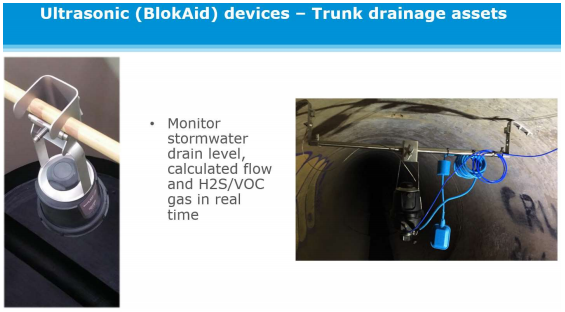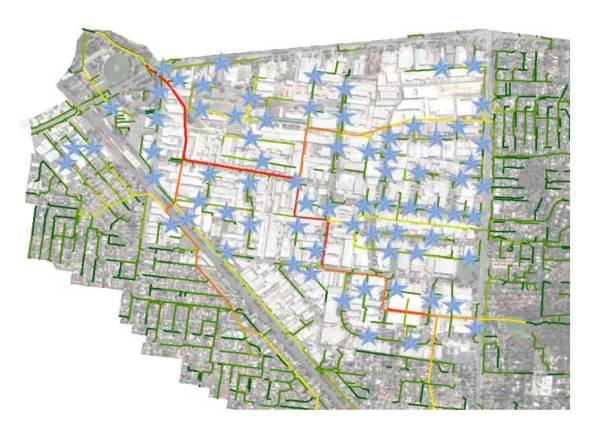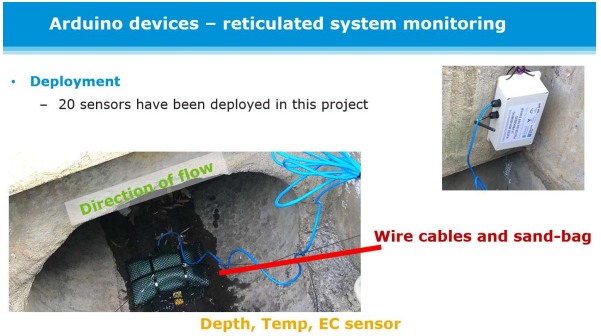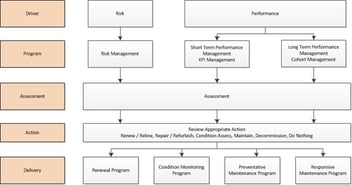Follow the pollution – Real time data exposing waterway vandals
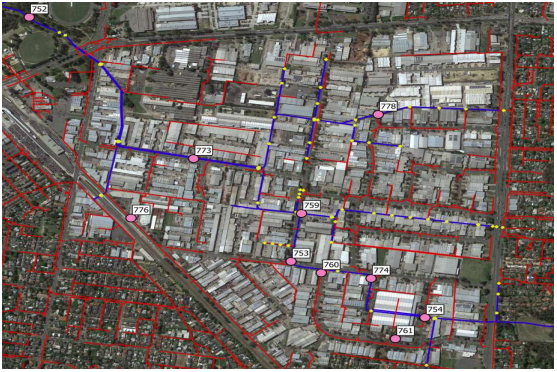
Heath Baker, Melbourne Water, Melbourne, VIC, Australia
Jason Morris, Iota Services, Frankston, VIC, Australia
Abstract
Using a combination of new and retrofitted existing technology, abnormal flow events caused by illegal
pollution dumping activities have been identified and traced to the location of the pollution sources within
problematic industrial estates in Greater Melbourne. This unique means of live detection is enabled by the
utilisation of two technologies; ‘Advanced BlokAid®’, ultrasonic level/flow sensors with gas detection and
rainfall radar overlay capabilities and prototype Arduino low cost, high-resolution data units within the trunk
and reticulated drainage systems respectively.
Introduction
The stormwater live monitoring and pollution detection project aims to improve stream water quality within
Dandenong Creek by preventing illegal discharges from industrial land areas. One sub catchment area; Old
Joes Creek, has been specifically targeted. The program was first established as part of a broader program
of works focusing on making significant improvements to the degraded natural waterway, whilst
demonstrating best practice sewerage management.
Water quality monitoring results (undertaken by CAPIM {Centre for Aquatic Pollution Identification and
Management} from 2011 to 2018) identified Old Joes Creek as a major source of heavy metal pollution,
amongst a variety of other organic and inorganic pollutants. These results were also used to identify the
types of businesses that may be negatively impacting the waterway.
Based on the previous work undertaken, there is a broad understanding of the type of contaminants entering
Dandenong Creek via the Old Joes Creek industrial catchment. A number of these contaminants are likely to
cause alterations in the flow and air environments within the stormwater system, potentially making detection
of pollutants possible using this emerging technology.
An extensive network of prototype loggers has been installed within the Old Joes Creek catchment, based on
the evidence provided by the CAPIM research over the past seven years. These loggers transmit live data
back to servers, overlay rainfall data and provide information and alarms about the operating environment of
the stormwater system in real time.
This information can be interpreted to provide a series of alerts to water corporations and environmental
regulators to determine the potential type of contaminant, and the source location allowing faster response
time and rapid identification of offenders.
Year case study was implemented
2018 to 2020
Case study detail
- Pollution from industiral areas within cities is a significant challenge facing the water industry
and environmental regulators. - Recent pollution events originating from industrial areas have caused significant destruction
to downstream receiving water bodies, resulting in significant cleanup and remediation costs
to the community, and risking public and environmental health. - Live detection of pollution allows agencies to have ‘eyes underground’, enabling pollution
dumping to be traced back to the source, causing a significant deterrant to potential offenders.
Ultrasonic units (Advanced BlokAid®) is an IoT-enabled technology developed by South East
Water to measure sewer levels, derive flow rates and detect change in stormwater system
gases. These devices are easily installed in the stormwater drains, and using NB-IoT
communications can provide insights and alerts to operators in near-real time. The high
resolution data allows changes in the drainage system to be quickly alerted to authorties. Data
can also be easily accessed to allow investigation into historic pollution events. Using the
ultrasonic devices for stormwater live monitoring and pollution detection is a new application
of the technology that has the potential to be replicated on a larger scale for stormwater
networks. - For this trial, the ultrasonic units have been deployed to monitor the operating condition of the
large diamater trunk infrastructure, where ultrasonic units have an advantage in conditions
where debris is likely. - The low cost, high-resolution logers Arduino (developed in partnership with Monash
University) units are deployed in high volume, in individual drainage pits, allowing data from
hundreds of sources to be fed back in real time about the operation of the drainage system. - The Arduino units are very cost effective (aproxmiately $125 AUD ea), and do not require
confined space entry to install. The data is collated on a database and analysed to determine
inconsistencies and send alerts about changes to flow patterns against expected in the small
diameter reticulated local stormwater network. - Using both technologies together, allows for an ‘army’ of detection sensors monitoring different
components of the system. The two systems can be analysed to interrogate data to ensure
information is consisent. - The network has been operating sucessfully for eight months, with data received being used
to sucessfully identify hotspot areas, which would otherwise have been overlooked as a
source of pollution.
Figures and Tables
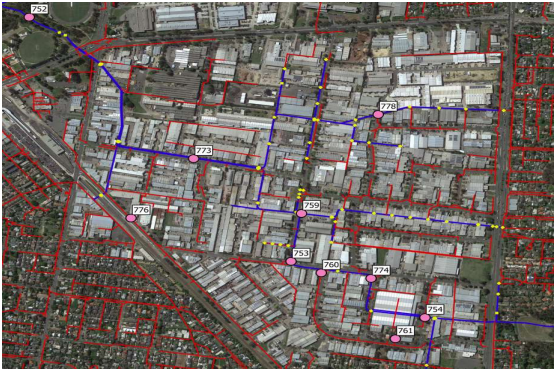 Figure 1 – Overview of locations of ultrasonic monitoring within trunk drainage network of Old Joes Creek
Figure 1 – Overview of locations of ultrasonic monitoring within trunk drainage network of Old Joes Creek

